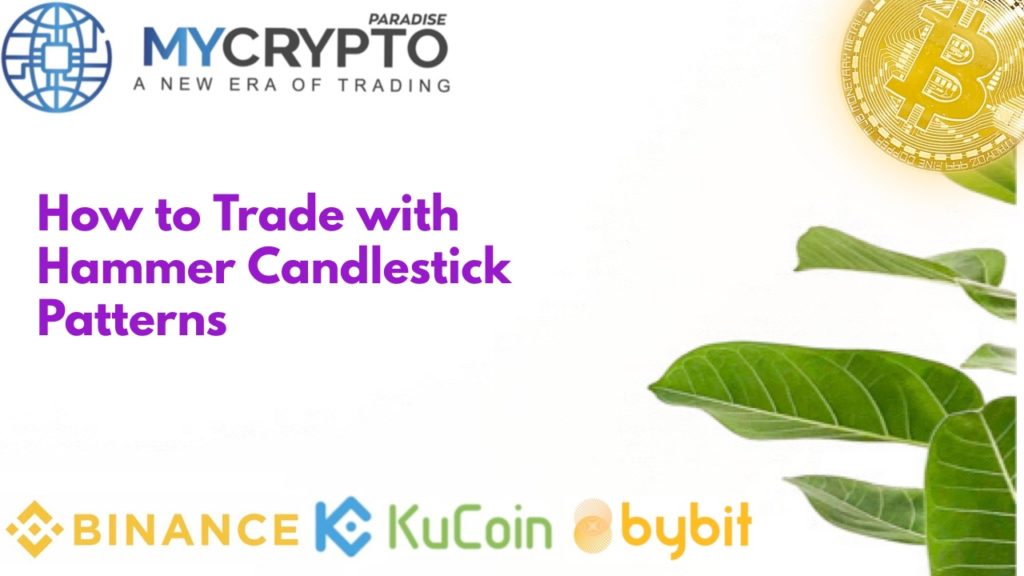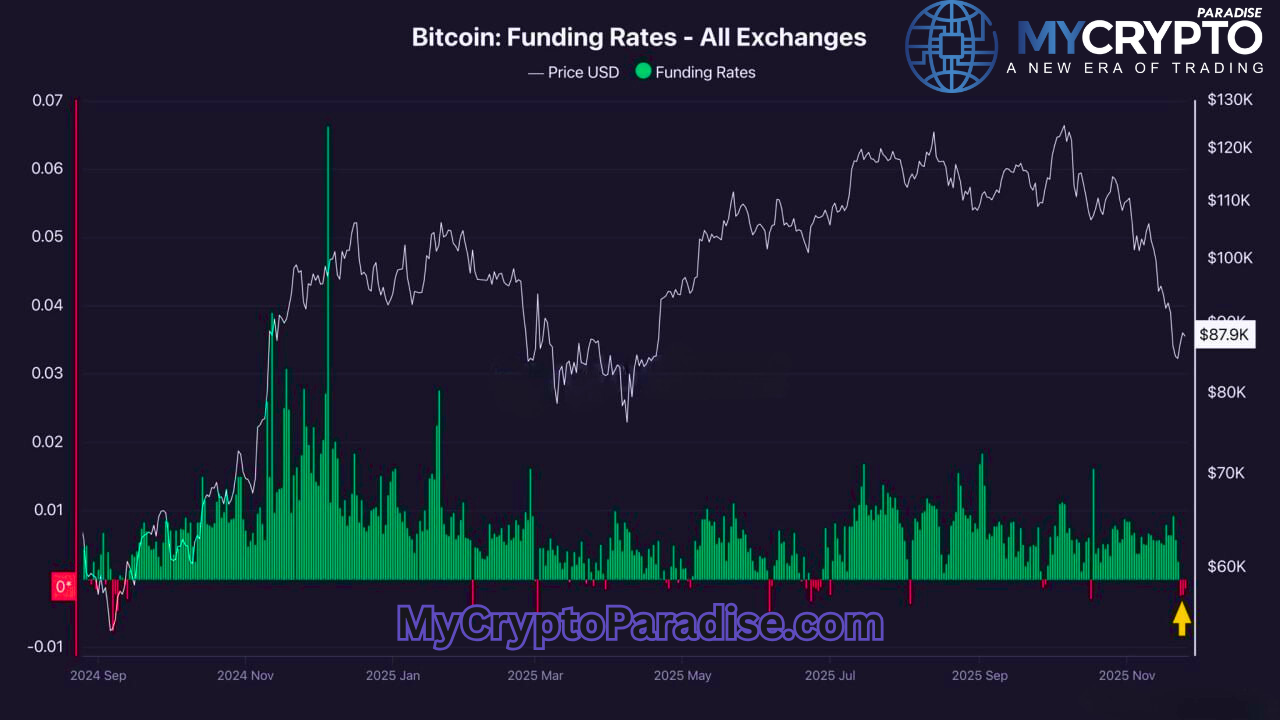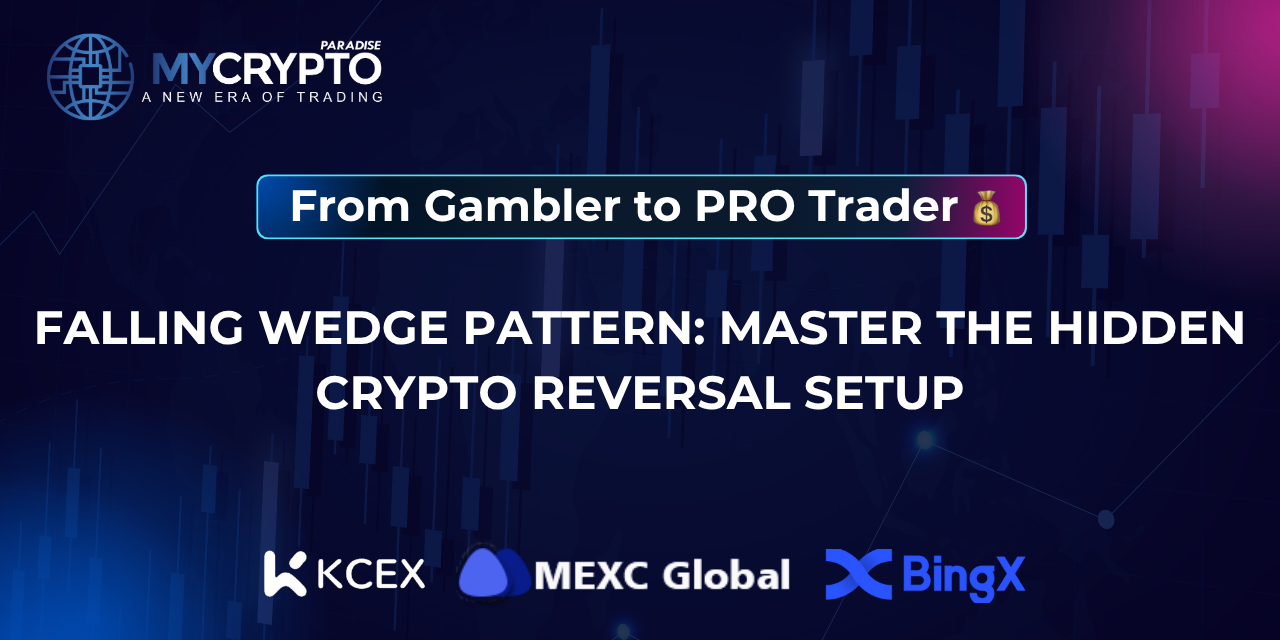Traders use candlesticks to predict probable price movement based on previous patterns. Candlesticks are a helpful tool for traders because they provide four important price data points (open, close, high, and low) across the time frame chosen by the trader.
Beyond the information in this article, you can as well learn how to make fortune using hammer candlesticks in crypto trading through personal interaction with experts.
Our Paradise Team is a group of experts with at least 6 years of trading experience, we make daily analysis of BTC, ETH, and other trending altcoins and share personal trading signals with our ParadiseFamilyVIP many of which win trades with little or no effort required from them.
Join our ParadiseFamilyVIP membership today on Binance (spot and futures), Bybit, Kucoin, OKX, and Bitmex using PRO20% for your special20% discount; you’ll have a personal trading expert to assist you in all your trades with little or no effort required from you to win trades.
Hurry now as the promo expires soon and click here for reviews from our clients.
Characteristics of Candlestick
Like a bar chart, a daily candlestick chart displays the day’s open, high, low, and closing prices. The “true body” of the candlestick is its widest section. This physical object accounts for the fluctuation in market prices between the day’s opening and closing bells. Indicating that the close was lower than the available black or filled-in actual body demonstrates that the close was lower than the open. The closure exceeds the open if there is no apparent body of text.
What Is a Hammer Candlestick?
Over a century before the West created bar and point-and-figure charts, the Japanese invented candlesticks. A Japanese man called Homma observed in the 1700s that although the price of rice did correlate with its supply and demand, market participants’ feelings had a disproportionate impact on the industry.
Candlesticks illustrate these feelings by using different colors to depict various sizes of price changes graphically. Traders use candlesticks to make conclusions about the direction of their trades based on patterns that often appear in the market.
This design creates a candlestick in the shape of a hammer; the shadow cast by the base is at least twice as large as the candle itself. The shadow of the candlestick shows both the high and low prices for the timeframes. In contrast, the candlestick’s body symbolizes the range of prices between the opening and closing prices.
In a “hammer” candlestick, the price of a tradable asset drops below its opening price, which is shown by a long “lower shadow,” then turns around and closes near its opening price. A hammer candlestick pattern may come after a downward trend. But, most of the time, these patterns are seen as signs that a trend is about to change.
The hammer candlestick is a bullish trading pattern that may mean a stock has hit bottom and is ready to change direction. This trend shows that sellers entered the market first, which caused the price to drop, but buyers eventually became more common, which caused the cost of the asset to go up.
For the price change to the upside to be confirmed, the next candlestick must close higher than the previous hammer.
A hammer candlestick pattern shows a change to the upside, while a shooting star shows a shift to the downside. For example, a “shooting star” pattern may appear when stocks have been going up. This is an upper shadow. The shooting star is the exact opposite of the hammer. It opens higher and closes at the same level or close to it. A shooting star pattern shows that an uptrend has reached its peak.
Using Hammer Candlesticks to Trade
The “T” shape is ideal for a hammer. One may interpret this as evidence of a hammer candle. There must be more confirmation of a price reversal to the upside before a hammer candlestick can be considered meaningful.
When the next candle closes at a higher price than the hammer’s closing price, we have confirmation of the hammer’s validity. In a perfect scenario, this confirming candle would demonstrate sustained buying.
Traders that rely on candlestick charts will often aim to open long positions or close short ones during or after the confirmation candle. New long positions may use a stop loss below the hammer’s shadow’s low.
Most people don’t use hammers alone, even when they have confirmation. Candlestick patterns are often confirmed using price, trend, or technical indicators.
The Doji is another little candlestick pattern. Since it bears two shadows, the Doji represents uncertainty. Depending on the confirmation that comes after a Doji, it might mean either a price reversal or a continuation of the trend. As opposed to the hammer, which appears after a price drop and indicates a possible reversal to the upside, this pattern appears before a price drop.
Final thoughts on Hammer Candlesticks
Traders often take a trade after seeing a hammer candlestick on a price chart since this may signal a significant upward or downward price swing is imminent. The hammer signal is confirmed before placing an order when subsequent price action confirms the assumption of a trend reversal. In other words, if the hammer signal indicates a price increase, the next candlestick should reflect that. Investors looking to capitalize on a hammer signal often make purchases while this bullish confirmation candle is being formed.
Stops should be used to protect your position, as they should with every trade, in case the hammer signal does not develop as expected. Always use proper risk management.
Join our telegram channels where we share our FREE updates and analysis on coins like BTC, ETH, and other trending altcoins. We also share our FREE secret insights, and also FREE market updates.
- My Binance Paradise – https://t.me/MCP_binance
- My KuCoin Paradise – https://t.me/MCP_KuCoin













